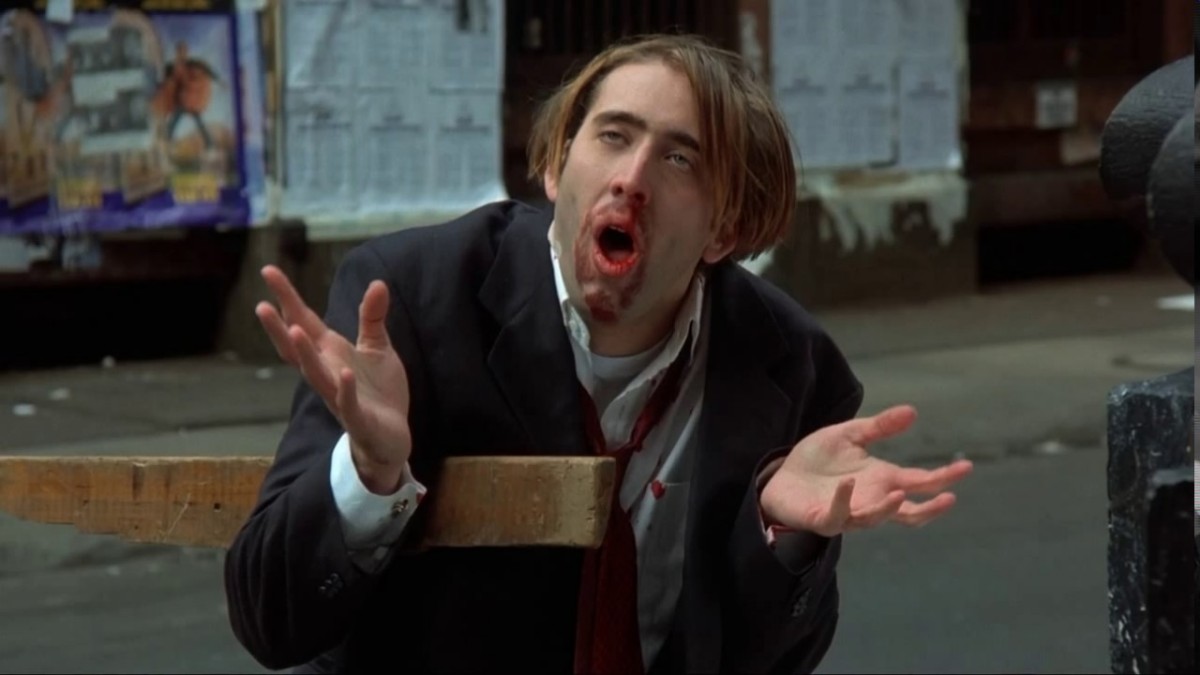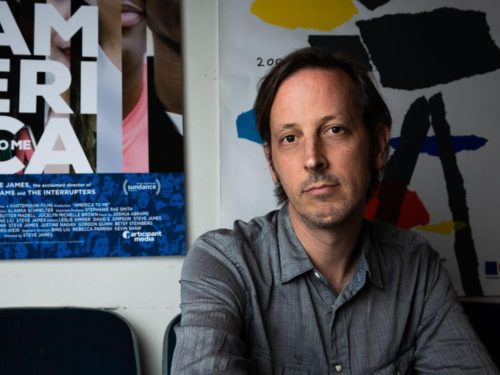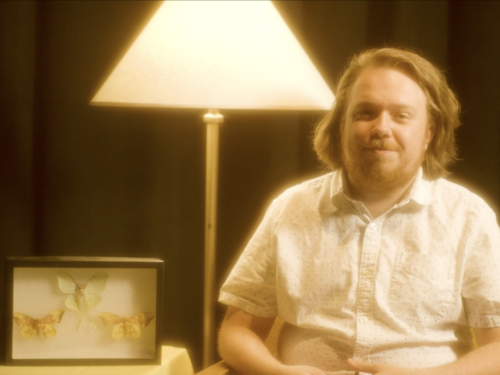From Nicolas Cage eating a real cockroach to his famously aggressive delivery of the alphabet, there are few moments in Vampire’s Kiss that do not kidnap your whole attention
What purpose would there be for Nicolas Cage to eat a cockroach other than to induce a bodily sensation in his audience? This is but one of his many strange attempts to convey the dreadful existence of a young vampire. One strength of Cage’s acting career is evidenced in the constant debate of whether he is funny, terrible, profound or insane. No matter your opinion, his career is spoken of hyperbolically. Few of his films are as divisive as Vampire’s Kiss, in which he plays book publisher Peter Lowe, who believes he is turning into a vampire. Lowe, in his vampiric transformation, is made into an actor of transgression. He represents a man stretched to unknown extremes. With his character becoming a repulsive force to nearly everyone he encounters, Cage reaches the limits of all that is socially and physically unattractive.
Cage’s performance is reactive exclusively to whatever whim moved him in the moment. Peter Lowe and the film itself exist only to satisfy the cravings and exorcise the pains of each moment. Vampire’s Kiss cultivates a viewer that is as insatiable and present-minded as Peter Lowe who, when even “a little drunk and horny,” goes scream-laughing off into the streets of New York at midnight. Cage, like a geyser, performs to create a spectacle free of any and all subtlety. This is not a horror movie; it is an exercise in the limits of performance.
The film is interested in something beyond a basic vampire plot. During one of Peter’s visits to Dr. Glaser, his psychiatrist, she indulges in the facts of Peter’s life like a fanatic. She begs Peter to tell her more about the sexual attraction he felt toward a bat that flew into his apartment. Peter responds by saying that he doesn’t even remember the encounter that, earlier in the film, seemed to hold such a strong grip on his psyche. Anyone hanging onto the threads of foreshadowing or plot events must leave these troubles aside and indulge as our vampire embraces the drama of each second. By casting off and refusing to comment on the former passion for the bat, the performing vampire abandons any feeling in the past to satisfy and enact his latest whim.
Sometimes there are scenes that occur within a film that seem completely out of place. These moments make the viewer consider ‘how does my perception of this film change if this scene were perfectly in keeping with the nature of this film?’ One such scene happens halfway through Vampire’s Kiss. The camera follows Peter out of his apartment and pauses on two mimes, completely alone on the street in the middle of the night, enacting a scene of domestic violence. There are hints in Vampire’s Kiss that reach out to the viewer to perhaps say, ‘This is a performance, you are watching a performance. This exists solely to make you feel.’
In F.W. Murnau’s film Nosferatu (1922), which plays on a television within Vampire’s Kiss, the vampire, Count Orlok, is repulsive in deed as well as flesh. Murnau’s vampire creates an overbearing sense of dread within the film. Count Orlok is not characterized any further to the viewer than that which is terrifying. Vampire’s Kiss explores how horror shifts when our perspective lies with the monster. To see what the monster sees, one must, on some level, understand his struggle. Peter Lowe differs from Murnau’s monster in that he reflects on his own transformation. The monstrousness of Count Orlok is performed as an undisputed fact of his life. Peter Lowe’s inability to accept his monstrosity suffuses his performance with a dual nature — he is a man becoming a monster who is also conscious of leaving his humanity behind. This is realized most clearly when he destroys his apartment in an intense rage, punctuating the destruction with a question shouted into the mirror, “What is happening to me?” The horror of Vampire’s Kiss does not lurk around the corner, but is performed as if on a stage. It uses Murnau’s same vampiric conceit not to scare us, but to place an actor in an emotionally extreme situation that could never be realized in an earthly reality.
By the end of the film, Peter Lowe has reached the status of a fully transformed vampire. He sleeps in a makeshift coffin, dons plastic vampire teeth from a convenience store and can no longer stand the light of day. In a DVD commentary, Cage says that he wanted to mimic the performance of silent film actors by using his entire body to act. This is evident in one of the final scenes in a dance club where Cage, with his shoulders above his ears and his face in an indescribable grimace, waltzes through a crowd. Imbued with the power of sound, Cage takes the Orlokian silent performance into the future. He takes to the streets and screams into the night, “I’M A VAMPIRE, I’M A VAMPIRE, I’M A VAMPIRE, I’M A VAMPIRE!” And in the depths of depravity as he is trapped in sunlight, living out his final hours, Peter begs a priest to stab him saying, “[I’m a] vampire you idiot, Nosferatu!”
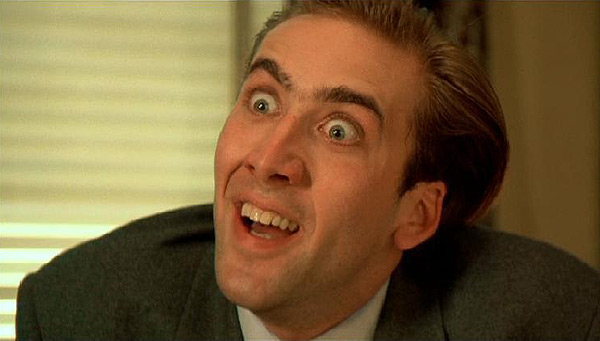
At the nadir of Peter’s vampiric transformation he hallucinates a moment of level-headed heroism in his psychiatrist’s office. Depending on how you view the film, Vampire’s Kiss’ ending — which involves Peter Lowe roaming the streets of New York covered in blood, terrifying pedestrians and speaking to a building as if it is Dr. Glaser herself — may be a victory lap or a prolonged punishment. Those who balk at Cage’s outrageousness will be disappointed or just humored at the tangential nature of this scene. The astonishing skill of the 23-year-old Cage strikes a genuinely hilarious chord as he concurrently indulges in his character’s polarity between human and vampire.
The beauty of Cage’s performance shows in his ability to play a rapist, a lover, a murderer, a loser, a contemplative scholar, an overbearing boss, a regretful poet and a 1922 silent film monster within one character. No matter one’s opinions of the man, Nicolas Cage is a performer who uses his body to make us witness feeling at its most extreme. It would be ghastly not to allow those feelings to run free inside us, if only for the length of the film.
Find the complete October Horror Archive here:
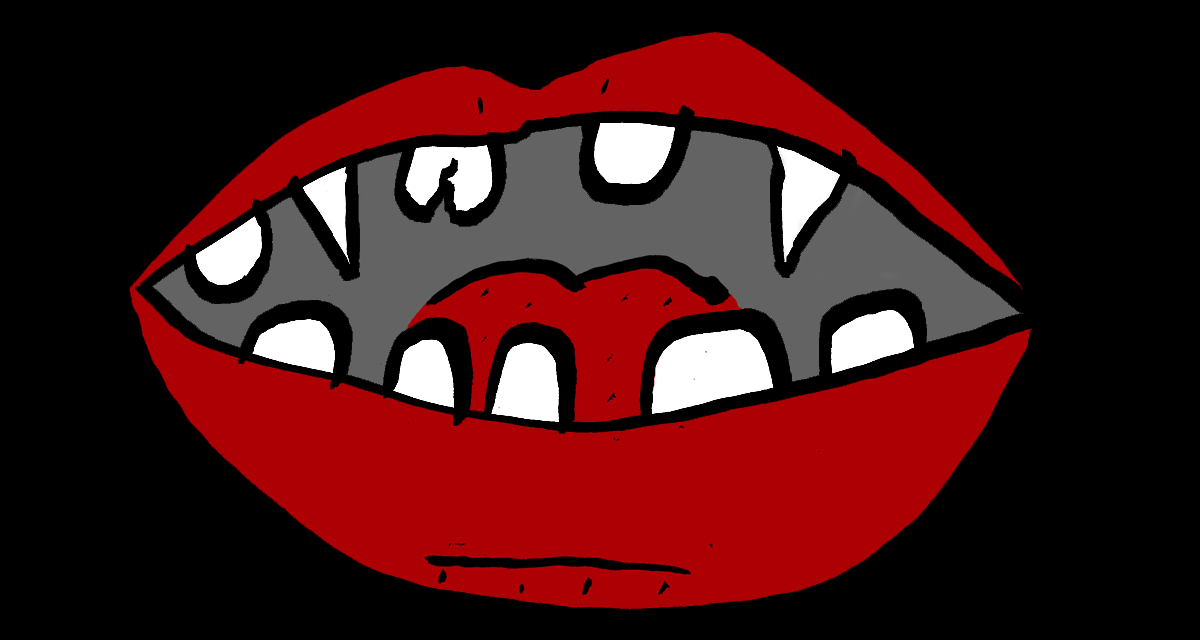
(Split Tooth may earn a commission from purchases made through affiliate links on our site.)

